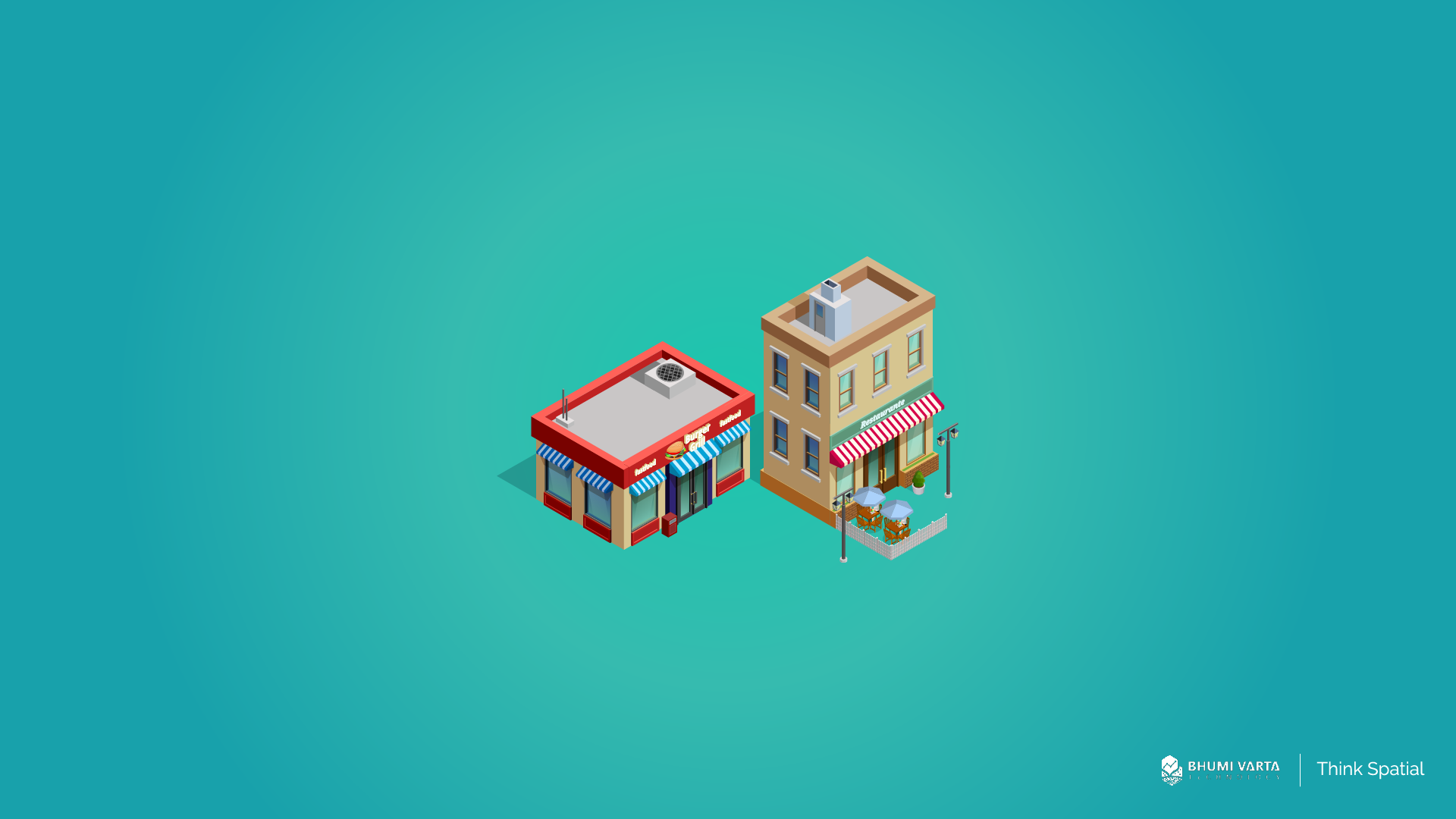Many businesses end up shutting down because they pick the wrong location. This proves that choosing a business location isn’t just a minor detail—it’s a major factor that can determine success. The right location doesn’t just boost sales; it also helps attract more customers and improves overall business operations.
To find the best spot, businesses can take advantage of POI Point of Interest) data. This data offers valuable insights that help make smarter decisions when selecting the most promising business location.
In this article, we’ll dive deeper into how POI data can help businesses pick the perfect location for success.
Contents
A Closer Look at Point of Interest (POI) Data
Point of Interest (POI) data is a collection of geospatial information that provides details about specific locations, including landmarks, businesses, and various other notable places, such as tourist destinations, offices, and public facilities like banks or hospitals.
With POI data, businesses can access a wide range of valuable information, including place names, complete addresses, contact details, photos, descriptions, and additional relevant details.
This data helps businesses better understand their surroundings and make strategic decisions, particularly when selecting the right location for expansion or operations.
POI data is collected through various methods, including collaborations with official data providers, web scraping, crowdsourcing, and manual data recording by dedicated teams.
Additionally, POIs are categorized based on their function and characteristics. For example, commercial POIs include shopping centers, restaurants, and retail stores, while recreational POIs encompass parks, tourist attractions, and entertainment venues.
Other categories include transportation POIs, such as train stations, bus terminals, and airports, as well as landmark POIs, which consist of historical monuments, iconic buildings, and other significant sites.
The Role of POI Data in Finding the Perfect Business Location
Now that we know what POI data is, how it’s collected, and the different types, let’s dive into how it helps businesses find the best locations.
Location Analysis
The first thing businesses can do with Point of Interest (POI) data is take a closer look at the surrounding area. POI data doesn’t just show the number and density of places in a location—it also reveals their types and characteristics.
This helps businesses gain valuable insights into consumer behavior, economic conditions, and the demographics of a potential location.
For example, if a business wants to check how visible and attractive an area is, POI data can highlight nearby competitors, key facilities like transport hubs, shopping centers, or entertainment spots, and even foot traffic patterns.
By analyzing these factors, businesses can determine whether a location has strong potential to attract customers or if the competition is too intense, requiring a more strategic approach.
Understanding the Local Market
POI data isn’t just useful for checking out a location—it also gives businesses a bigger and deeper look into local market conditions. This data includes insights into consumer preferences, spending habits, and demand trends in a given area.
By analyzing it, businesses can spot high-potential areas and adjust their location strategy to better match their target market. For example, by identifying POIs with high foot traffic, businesses can figure out where potential customers are most likely to go, helping them choose the best spot to set up shop.
Checking Out the Competition
One of the biggest perks of POI data is that it helps businesses gauge the level of competition in an area. With POI data, businesses can map out competitor locations, see how many similar businesses are nearby, and understand how their presence impacts market potential.
This allows businesses to determine whether an area is overcrowded with competitors or still has room for growth. For example, if a café wants to open a new branch, POI data can reveal how many other cafés are already in the area. If the competition looks too intense, the business can explore alternative spots with plenty of potential customers but fewer competitors.
Get Complete POI Data with LOKASI Intelligence
LOKASI Intelligence is a geospatial analytics platform that integrates with location intelligence and comprehensive geospatial data. It includes demographic data, socio-economic insights, POI data, people traffic patterns, disaster data, and more.
By analyzing this data, LOKASI Intelligence helps businesses find the best locations based on market potential, competition levels, and risk factors. It also helps businesses avoid less strategic areas, making expansion or branch openings more precise and efficient.
Want to learn more? Contact us at: Email: [email protected] or WhatsApp: 087779077750
FAQ
What is a Point of Interest (POI)?
A Point of Interest (POI) is a set of geospatial data that provides information about a specific location, including landmarks, businesses, and other notable places.
What does POI stand for?
POI stands for Point of Interest—a type of geospatial data that includes details such as name, type, full address, contact information, photos, descriptions, and more.
How can I obtain POI data?
POI data can be obtained through various methods, including partnerships with official data providers, web scraping, crowdsourcing, and manual data collection.



